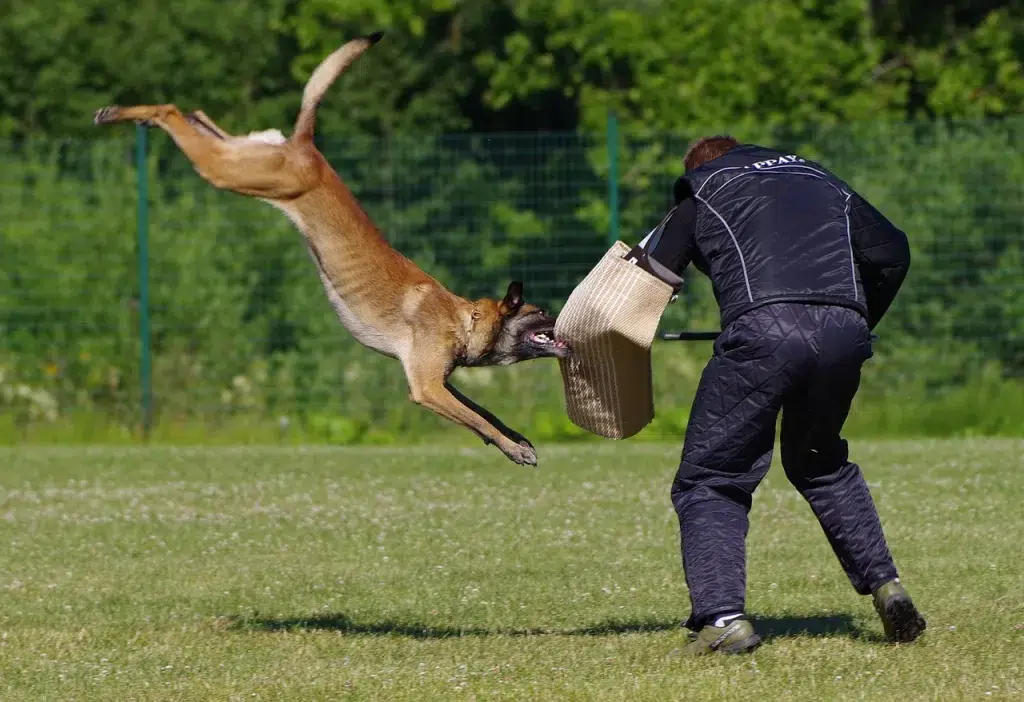Nipping and Biting: How to Curb Unwanted Behavior

Introduction
Nipping and Biting: How to Curb Unwanted Behavior? For many pet owners, dealing with unwanted behaviors such as nipping and biting can be a challenging aspect of raising a furry companion. Whether you have a new puppy or an older dog exhibiting such behaviors, it’s important to address them promptly to ensure a safe and harmonious living environment. In this blog post, we will explore effective strategies and techniques to curb nipping and biting, helping you build a well-behaved and socialized pet.
Understanding the Reasons Behind Nipping and Biting
Nipping and biting are natural behaviors for dogs, especially during their early stages of development. Puppies often explore their surroundings and interact with their littermates through playful biting. However, if not addressed, this behavior can carry into adulthood and become problematic. Several factors can contribute to nipping and biting, including:
1. Teething:
Just like human babies, puppies experience discomfort and itching when their adult teeth start coming in. As a result, they may resort to nipping and biting to relieve the pain.
2. Fear or anxiety:
Dogs may nip or bite when they feel threatened, scared, or anxious. This behavior is their way of defending themselves or communicating their discomfort.
3. Lack of socialization: Insufficient exposure to other dogs, animals, or different environments during a dog’s critical socialization period can result in poor bite inhibition and a heightened sensitivity to touch.
4. Overexcitement or playfulness:
Dogs may bite or nip during play sessions if they become overly excited or aroused. It’s important to teach them appropriate boundaries and redirect their energy toward more acceptable play behaviors.
Effective Strategies to Curb Nipping and Biting
1. Socialization and Training:
Early socialization is crucial to help puppies develop proper bite inhibition and learn how to interact with other dogs and people. Expose your pup to various environments, stimuli, and positive social interactions, allowing them to learn appropriate behaviors through observation and positive reinforcement.
2. Bite Inhibition Training:
Teaching your dog bite inhibition is essential to prevent accidental injuries. When your dog bites during play, let out a high-pitched yelp or say “ouch” to indicate pain. This mimics how their littermates would react, helping them understand that biting leads to negative consequences. Gradually, your dog will learn to control the strength of their bite.
3. Consistent and Positive Reinforcement:
Reward your dog for displaying appropriate behavior, such as gentle mouthing or licking instead of biting. Use treats, praise, and toys to reinforce good behavior, letting them know what is expected of them.
4. Redirect and Distract:
If your dog starts nipping or biting, redirect their attention to a more appropriate behavior or toy. For instance, if they nip during play, provide them with a chew toy or engage them in a game of fetch.
5. Teach “Leave It” and “Drop It” Commands:
Teaching your dog commands like “leave it” and “drop it” can be incredibly helpful in managing unwanted behaviors. These commands allow you to redirect their focus and prevent them from nipping or biting objects or people they shouldn’t.
6. Seek Professional Help:
If your dog’s nipping or biting behavior persists despite consistent training efforts, consider consulting a professional dog trainer or behaviorist. They can assess the situation, identify underlying causes, and provide tailored guidance to address the specific issue.
Conclusion
Addressing nipping and biting behaviors in dogs requires patience, consistency, and a commitment to positive training techniques. By understanding the root causes of these behaviors and implementing the strategies outlined above, you can effectively curb unwanted biting and nipping habits, helping your furry friend become a well-behaved and socially adapted member of your family. Remember, with proper training and guidance, you can nurture a loving bond with your dog while ensuring a safe and enjoyable living environment for everyone involved.
Nipping and Biting: How to Curb Unwanted Behavior Read More »
